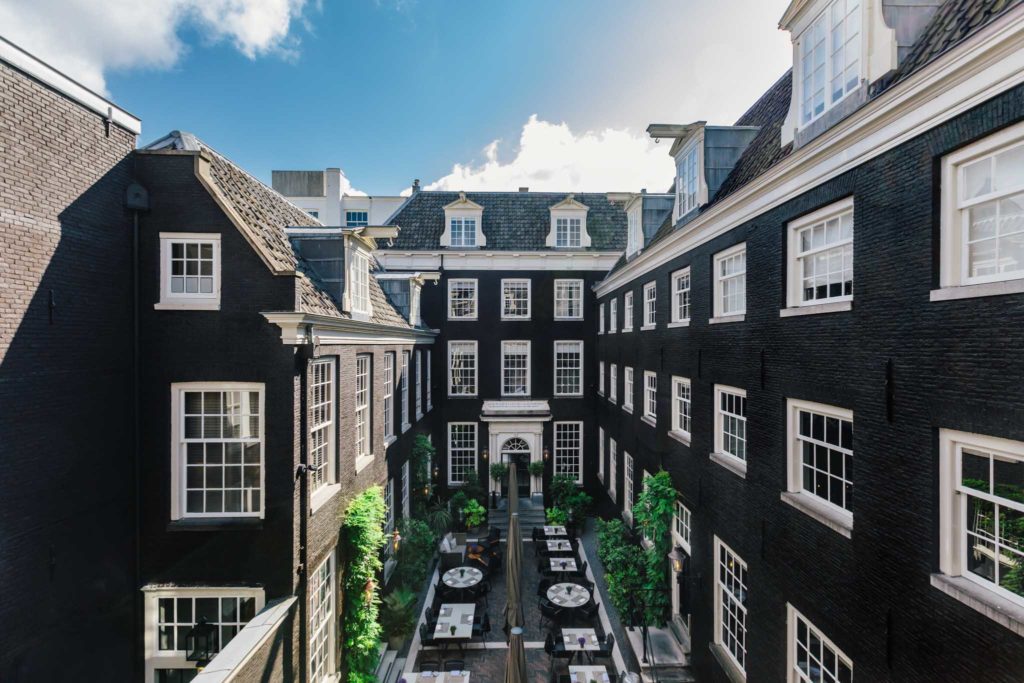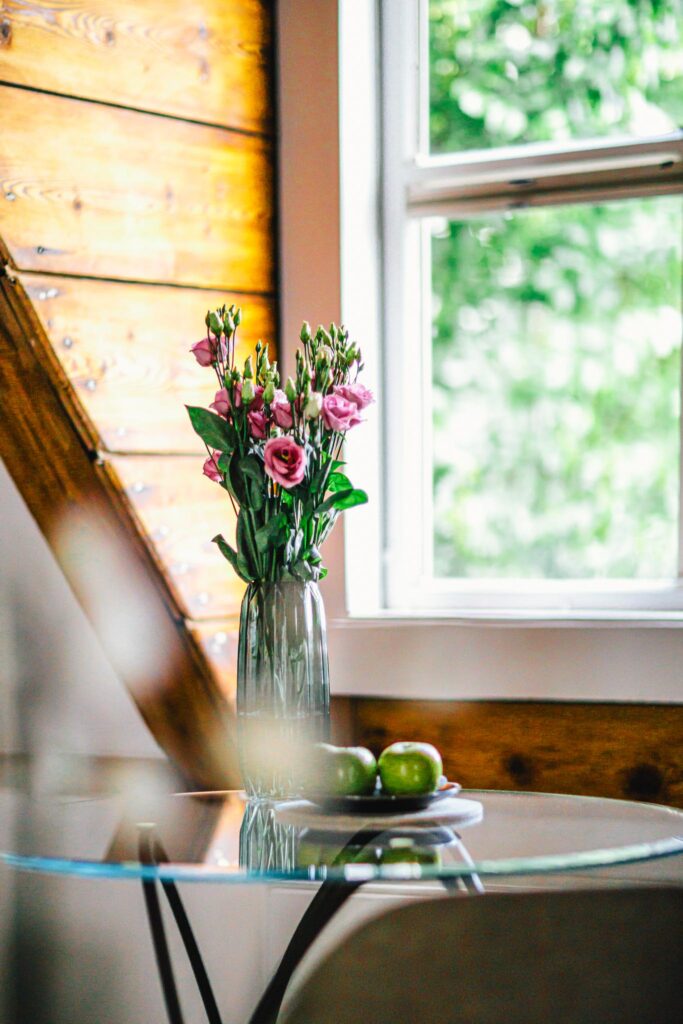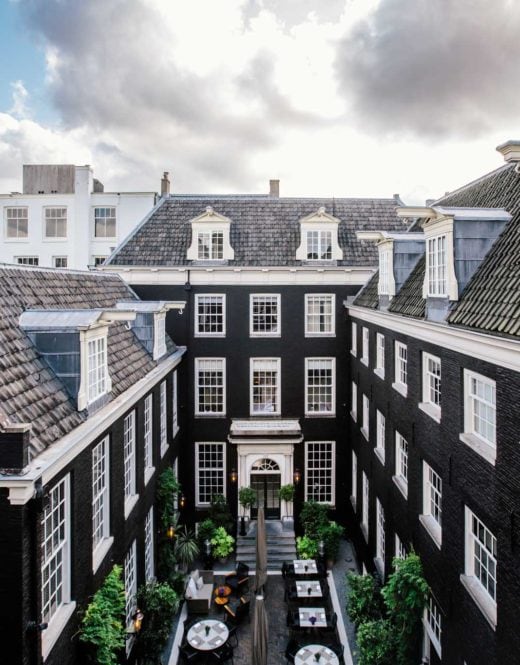The architect, Jacob van Campen, was commissioned to build a stone theatre in 1632.
Van Campen was inspired by classical Italian architecture, as was later shown when Amsterdam Town Hall (the current Royal Palace on the Dam) was built. He must have been mainly influenced by the Teatro Olimpico in Vicenza, a building by the hand of his great mentor and presumed teacher, Andrea Palladio. The theatre was already too small within thirty years, though it was possible to appreciably expand the complex by the purchase of several neighbouring buildings.
The play “Gijsbrecht van Aemstel” was performed during the opening ceremony in January 1637. This play was written by Holland’s greatest poet, Joost van den Vondel. Its success was enormous and formed the basis of a tradition that has come down to us in the present century. “Gijsbrecht van Aemstel” has been performed in Amsterdam every January since then. Many national and international companies have performed it over the years. Many Dutch plays were performed, and also ones written by Shakespeare, Molière, Voltaire and Corneille.
It is of particular note that Ariana Nozeman was to make her debut here in 1655 as the first woman on the Dutch stage. She made her debut in 1655 in the drama ”Incomparable Ariana”. Men used to play all the female roles before this time. She is credited as the first ballet dancer in The Netherlands. She was often seen on stage together with her husband Gillis Nozeman either as a couple or as antagonists. Their daughter Maria Nozeman (born 1652) followed in her mother’s footsteps; she entered the stage at the age of six years.
The Nozemans supplemented their theatre incomes by running an inn called The Camel on one of the Amsterdam canals.
The present day Ariana Room at The Dylan Amsterdam is named after Ariana Nozeman.






